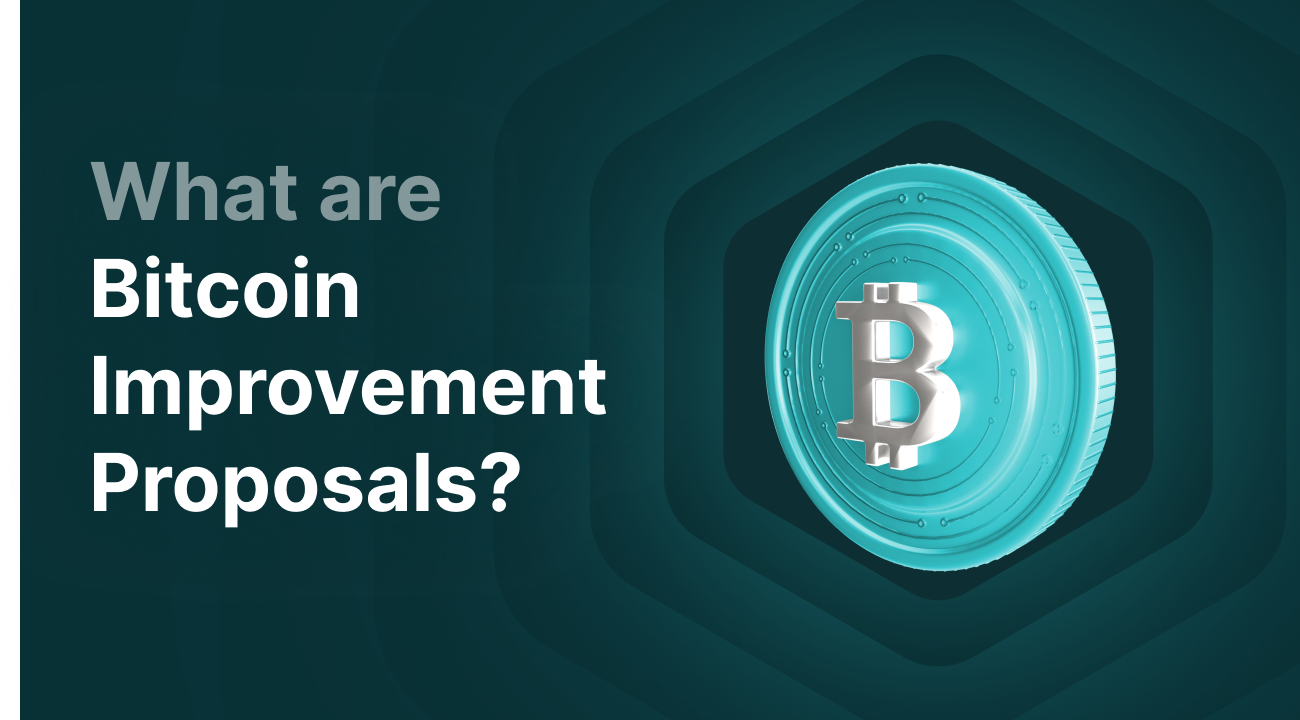What Are Bitcoin Improvement Proposals and How Do They Work?

What Is a Bitcoin Improvement Proposal (BIP)?
Bitcoin Improvement Proposals, also known as BIPs, are formal proposals for changes to the Bitcoin protocol. Because Bitcoin is decentralized and not managed by any single organization or entity, developers or users on the network can propose improvements to the protocol. Anyone with sufficient technical knowledge can submit a Bitcoin Improvement Proposal. BIPs typically propose changes such as new cryptographic features, optimizations, internal processes, or documentation.
Bitcoin Improvement Proposals were introduced in 2011 by Amir Taaki and were inspired by the Python Enhancement Proposal (PEP) system. This was established in the very first BIP, namely BIP 0001, which described how the process itself works and how the proposal mechanism operates. This marked an important step toward mature software development on the Bitcoin network.
Key Takeaways
- Bitcoin Improvement Proposals (BIPs) are formal proposals to improve the Bitcoin protocol, submitted by developers and users.
- BIPs are discussed and evaluated through an open process involving draft versions, feedback, and status updates like Draft, Proposed, and Final.
- Miners vote via signaling to show support for a BIP, which determines acceptance and implementation.
- There are three categories: Standards Track (protocol changes), Process (process changes), and Informational (non-technical information).
- Protocol changes via BIPs can be implemented through soft forks (backward compatible) or hard forks (non-compatible, blockchain split).
- Notable BIPs include Segregated Witness (SegWit) to address transaction malleability and increase block space, and Schnorr Signatures (BIP-340) for more efficient transactions and smart contracts.
How Does a Bitcoin Improvement Proposal Work?
Bitcoin Improvement Proposals work as follows: a BIP begins with ideas that emerge on social media, in forums, or during discussions on platforms like GitHub. If several people support the idea, a formal proposal is drafted, which is the initial version of the BIP.
This draft version is then shared via the official Bitcoin developer mailing list, where other developers can provide feedback. The proposal can be modified or rewritten before being approved as a 'mature' BIP.
The BIP is accepted for further evaluation and receives the status "Draft" or "Proposed." Once the proposal is ultimately approved by the developers and gains enough support within the community, it is granted the status "Final" or "Active" and the implementation process begins.
Miners signal their support for a BIP by including a specific "bit" in the blocks they mine. If the majority of blocks contain this specific bit, the BIP is considered accepted.
What Types of Bitcoin Improvement Proposals Exist?
There are three categories of BIPs:
-
Standards Track Bitcoin Improvement Proposals
These proposals focus on changes to the Bitcoin protocol, such as improvements to transactions, consensus rules, or network functionalities. -
Process Bitcoin Improvement Proposals
These involve changes to processes around Bitcoin. For example, how decisions are made or how software releases are scheduled. -
Informational Bitcoin Improvement Proposals
These are informative documents that provide guidelines or explanations without suggesting direct technical changes.
Most BIPs fall under the Standards Track category, as these proposals directly impact how the network operates and how users, miners, and developers interact with Bitcoin.
What Is the Difference Between a Soft Fork and a Hard Fork?
Some BIP implementations require a protocol change. This can happen through a soft fork or a hard fork. Here's a brief explanation of both.
Soft Fork
A soft fork is a backward-compatible change to the protocol. You can think of it as a software update for the same cryptocurrency. Older nodes on the blockchain that have not been updated can still recognize and accept new blocks, although they may not fully understand the contents. Soft forks typically require a majority of miners to update their software, and developers, crypto wallets, and exchanges to support the change. A well-known example of a soft fork is the SegWit upgrade.
Hard Fork
A hard fork is a non-compatible change to the protocol. You can think of it as a software update that results in the blockchain splitting into two separate networks. This happens because some nodes on the network disagree with the software update, and if they do not update, they become separated from the network. A well-known example of a hard fork is Bitcoin Cash, which split off from the original Bitcoin blockchain.
What Are the Most Important Bitcoin Improvement Proposals?
Not every BIP has had a major impact on the Bitcoin network. Two proposals have been crucial for Bitcoin's scalability, security, and functionality. These are the proposals for Segregated Witness (SegWit) and Schnorr Signatures (Taproot). Here's a brief explanation of these BIPs.
Schnorr Signatures (BIP-340)
Schnorr Signatures were introduced in 2021 through BIP 340 and marked a milestone in Bitcoin's history. They enabled smaller signatures, making transactions more compact, and allowed for batch verification, where multiple signatures could be verified simultaneously. Additionally, the proposal included Key Aggregation, allowing multiple public keys to be combined into one. Schnorr Signatures improved transaction efficiency and laid the foundation for complex smart contracts on Bitcoin. The Schnorr Signatures were part of the Taproot upgrade, which went live at block 709,632 in November 2021.
Segregated Witness (BIP-141)
Segregated Witness, better known as SegWit, was introduced in BIP 141 by Peter Wuille. This proposal addressed the problem of transaction malleability and increased the capacity of the Bitcoin network. Transaction malleability was an issue where the signature of a transaction could be altered without changing the contents, making it difficult to build reliable Layer 2 solutions like the Lightning Network.
The SegWit upgrade introduced a new format in which signature data (witness) was separated from the transaction. It also allowed for more block space, as witness data was stored outside the traditional 1 MB limit. The acceptance of BIP 141 was not without controversy—many miners initially refused to signal—but in August 2017, SegWit was officially activated in block 477,120.
Key Takeaways
Bitcoin Improvement Proposals ensure that the Bitcoin network can continue to grow and evolve without any single party being in control. Thanks to this open system, developers and users can collaboratively suggest and discuss ideas, making Bitcoin smarter, more secure, and more efficient. Major upgrades like SegWit and Taproot demonstrate the importance of these proposals for Bitcoin’s future. This way, the network remains strong and ready for new developments while maintaining its decentralized nature.



__01KC926A15P1A0X3VR6DBBV1FK.png)
